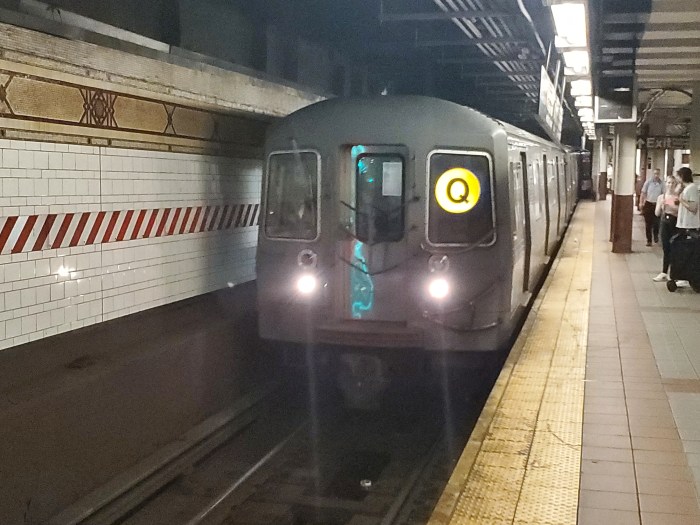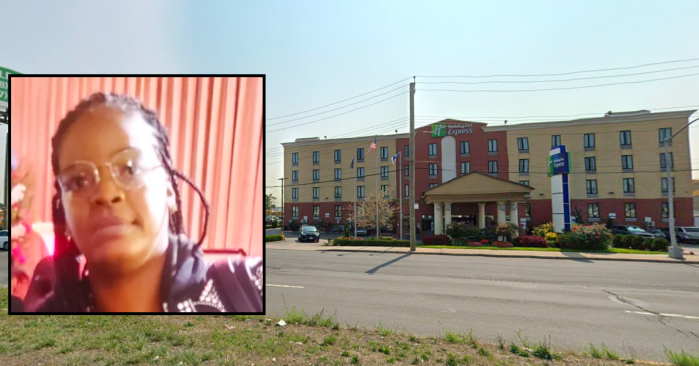Old age is getting the better of the city’s hundreds of subway stations that were built before 1940.
Most stops had some kind of defect, with just 51 stations, or 11% of the system, free of structural and architectural problems, according to a report released by state Comptroller Tom DiNapoli Thursday.
Platform edges and other pieces of station structure were most in need of attention, according to the report. In terms of architectural touches, platform floors, walkways and ceilings needed the most work, said the report, which analyzed a 2012 MTA survey of station conditions, the most recent available.
“Worn or damaged stairs and platform edges pose risks for riders, while broken tiles, lights and peeling paint leave riders with a low opinion of the transit system,” DiNapoli said in a statement.
Only a quarter of stations — 118 — had at least 90% of their components in good repair. Systemwide, 27% of structural pieces had a defect, while 4% of them were serious.
And well-trafficked Manhattan stations were not the only ones cracking under the pressure. Brooklyn and Queens had a third of the system’s structural defects.
There have been 241 renovated subway stations since the MTA began planning its capital needs every five years in 1982, according to the report.
The MTA said in a statement the comptroller’s report fails to consider the agency’s new approach to fixing stations that began in 2010. Repairs focused on the most serious defects around the system instead of station-by-station projects. NYC Transit estimates this method would cut the amount of defective station parts to 21%, the report said.
“This change has allowed the MTA to address defects in more than 150 stations in the 2010-2014 Capital Program and deliver immediate benefits to more customers, which is not reflected in the figures used in this report,” the MTA said. Regarding the high rate of platform edges that need work, the MTA said any risk to rider safety on the platform gets fixed immediately.
“Subway platform edges are safe,” the statement said.
In the latest capital plan offered, the MTA wants to spend $890 million on fixing station parts and $448 million to rehabilitate 20 stations across six lines.
Andrew Albert, an MTA board member, praised the current approach of fixing the most pressing defects right away. Still, he said aethetics are a “close second” to safety and help make subway riders feel welcomed.
“They deserve nice, clean modern stations with great signage, great lighting, no peeling paint,” Albert said. “But it’s just a never ending battle.”


































